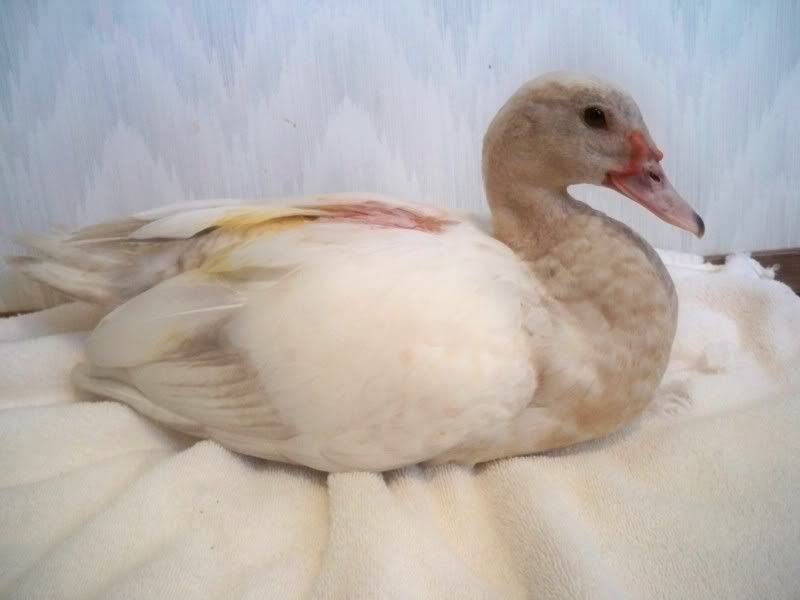So far, four have hatched. 3 are black and yellow, one is silvery-gray and yellow. The dad is black and white, the mom is solid grayish-white. When she was a duckling, she was all yellow though. Any pics of what it could grow up to look like?
Mom:

Baby:

Mom:

Baby:



